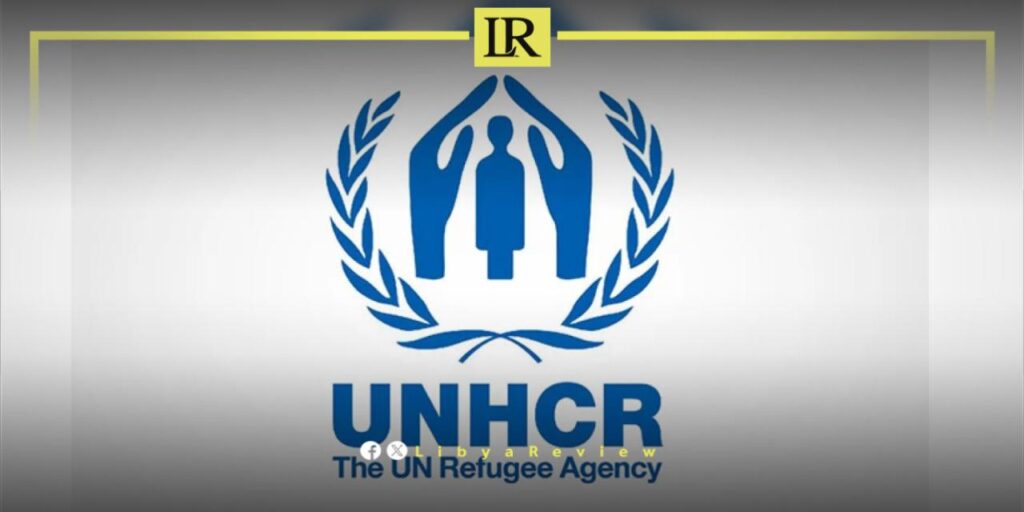The United Nations High Commissioner for Refugees (UNHCR) has reported that it has evacuated 4,242 refugees from Libya to Niger since 2017 and over 2,300 refugees to Rwanda since 2019.
In a statement, the UNHCR revealed that the number of asylum seekers, refugees, and migrants held in official detention centres in Libya—accessible by the UNHCR and its partners—has increased to over 5,000. Of these, more than 1,300 individuals from nine different nationalities have been registered by the UNHCR in Libya.
Additionally, the UNHCR noted that as of the end of August, over 14,000 migrants had been rescued or intercepted at sea and returned to Libya. These operations, totalling 194 rescue missions, took place off the Libyan coast.
Libya has become a crucial transit point for migrants seeking passage to Europe, and its authorities have intensified efforts to regulate migration through voluntary return programme. These repatriations are a key part of Libya’s broader strategy to manage migration challenges while maintaining compliance with local laws.
Libya, a central route for migrants from Africa and the Middle East, has struggled with irregular migration, particularly since the 2011 revolution. The country’s fragile political landscape and geographic proximity to Europe have made it a hotspot for migrants hoping to cross the Mediterranean. To manage the influx, Libya has implemented programs for the voluntary repatriation of migrants, offering a safer and more dignified alternative to forced deportation.
According to the IOM, over 80,000 migrants have voluntarily returned from Libya to their home countries since 2015. The IOM’s Voluntary Humanitarian Return Program has been instrumental in assisting migrants from 49 nations across Africa and Asia. Once repatriated, migrants receive support to reintegrate into their home communities, including social, economic, and psychological assistance to help rebuild their lives.


